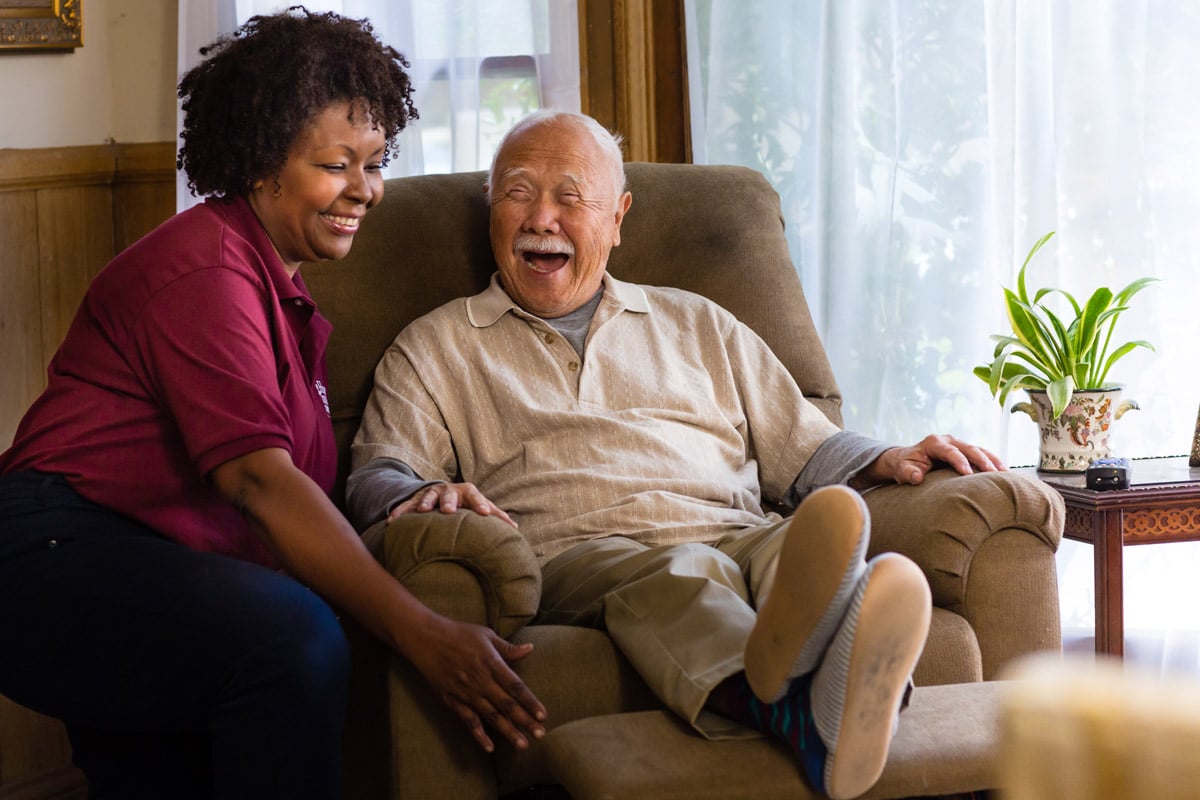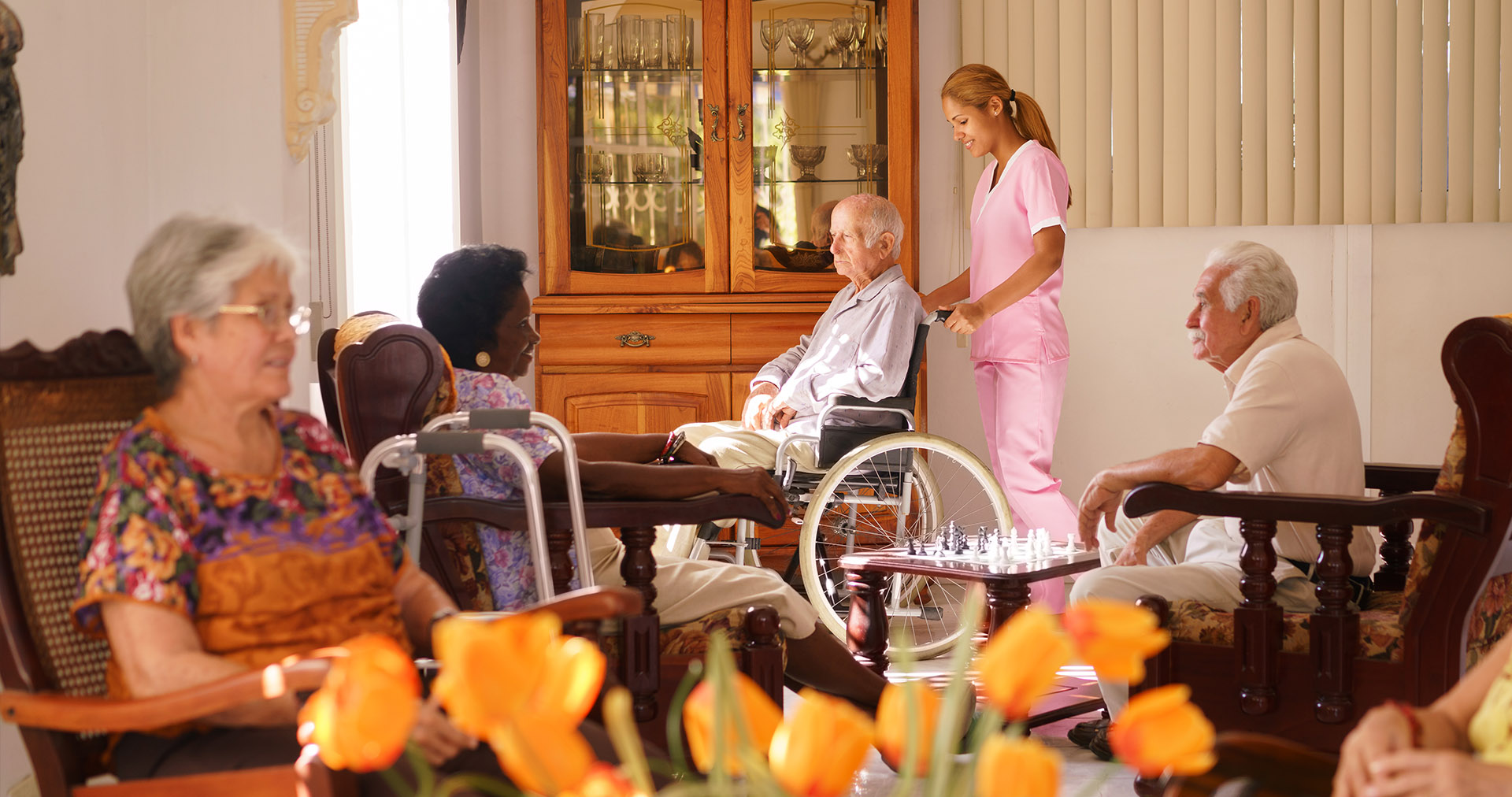Private Assisted Living Homes and Facilities for Seniors
Table of Content
- Financial Assistance for Residential Care Homes
- thoughts on “How the Dutch Lead the Way in Senior Housing Innovation”
- Cost of Care Homes
- What Are Personal Care Homes?
- Flu jab offer 'would be rejected by one in four' amid low uptake concern
- ‘Patient safety and care is at our core’
- Services Offered in Residential Care Homes
Private assisted living refers to homes or facilities that are privately owned rather than affiliated with a hospital or other medical organization. Privately held management companies usually run the day to day operations of these assisted living facilities. They are geared towards seniors who may no longer be able to live at home safely, but do not need the level of medical attention offered at a nursing home.
Residential care homes are an alternative to assisted living communities or home care. They typically provide services to less than ten residents, which may feel more comfortable for seniors who are nervous about moving into senior care. Care homes offer a private or semi-private room, meal preparation, housekeeping, laundry, social programs, medication management and transportation. Limited, part-time medical care may be offered, but it's not a primary focus of this type of senior living community.
Financial Assistance for Residential Care Homes
Some life insurance policies may provide options to help pay for nursing home care. These options greatly depend on the type of life insurance policy so it's best to discuss with an insurance broker or financial advisor. There may come a time when you cannot take care of yourself alone or a loved one may no longer be able to provide the care you need. If you find yourself in this type of situation, it’s important to be educated about the many different types of senior living options that are available.

The homes themselves are often single-family homes in residential neighborhoods, providing a home-like environment for seniors. Care homes provide a similar level of care to assisted living facilities, but are much smaller, typically housing ten or fewer residents. Residents receive personal care assistance, meal preparation, and more services. Many seniors and their families decide it’s time for residential care because they want the security and peace of mind of living in a facility with caregivers on-site around-the-clock. However, seniors may be hesitant to move to senior living because they don’t want to live in a large, apartment complex-style community.
thoughts on “How the Dutch Lead the Way in Senior Housing Innovation”
Just as every house on the block is different, no two residential care homes for the elderly are styled or managed the same way. All residential care homes for seniors should provide high-quality housing, care services, meals, and companionship. Read on to learn more about what’s provided in elderly care homes, including the services, staffing, costs, and more.
The technical storage or access is required to create user profiles to send advertising, or to track the user on a website or across several websites for similar marketing purposes. Winners of our Best Meals and Dining Award are the best communities for meals and dining, as determined by recent, highly rated reviews. Talk to the residents to see if they are happy and have any complaints.
Cost of Care Homes
Those looking at care homes can expect to pay a similar amount, though costs vary dramatically depending on the area. Prices can also fluctuate depending on how many amenities and extra services are offered, the number of staff, and other factors. With a lessening ability to maintain everyday tasks, elders may benefit from the 24-7 access to support that a residential care home provides.
Instead, the standards vary between states — some states have regulations and licensing rules, while others don’t have any. That’s why it’s important to do your own research before committing to any community. Of course, your loved one doesn’t have to be in their final years of life to benefit from a care home, but if they are, some families prefer a residential care home to specialized hospice care. Care home residencies are typically located in traditional neighborhood homes and are equipped to care for a small number of residents, usually between two and 10. These homes are also a good option for seniors with memory-loss-related conditions who may become overwhelmed in high-energy, larger spaces. Making the move to a board and care facility can be a challenge for any person, especially when one is used to familiar surroundings like the family home.
What Are Personal Care Homes?
While personal care homes may not offer all of the luxury and convenience amenities of senior living communities, what they do have is superior levels of personal care. Staff is always within the home to attend to the residents' needs, and depending on the level of care provided, a staff member may also be on duty throughout the night. While both types of communities offer a similar level of care, including personal care assistance and assistance with daily living activities, care homes are much smaller. Care homes typically have fewer than ten residents, while assisted living communities can have hundreds. Due to their larger size, assisted living facilities also tend to have more amenities.

Why limit yourself to your second home when you can stay in a THIRDHOME? Our apartment is in the centre of Amsterdam on the South part of the canals near the 'Spiegelgracht' where all the art galleries are. The apartment comprises 2 spacious bedrooms, including a master bedroom ensuite and a smaller bedroom with 2 single beds that can be put together to create a double bed also ensuite.
They may also arrange to have guests eat with them in the dining area. Aside from meal preparation, staff members also monitor residents’ eating habits, taking note of any changes in patterns. Limited occupancy – Because of its setup and size, board and care homes for seniors only admit a limited number of residents, mostly up to ten only. Keep in mind that you’ll likely have to visit more than one home to find the right fit, especially if this is your first time exploring senior living options. To start the process and see what residential senior care options are available in your area, visit our Assisted Living Near Me page.
Most residential care homes have private rooms available for their residents, as well as shared rooms. Years ago when people thought about senior living, an image of a nursing home immediately came to mind and it stopped there. Fast forward a few decades and there are now many senior living communities out there. From skilled nursing to assisted living to retirement communities, the options are endless.
Care homes typically have 4-10 residents, while assisted living communities can be home to hundreds of people, though size varies. Whether one of these types of senior living is better for you comes down to personal preference, as the level of care is comparable. A large assisted living facility with a robust social calendar will likely be a good fit for seniors who want to remain active and busy. For those who are shyer or prefer to spend time independently or in small groups, a care home may feel more comfortable. Care homes, also known as adult family homes, board and care homes, residential care or personal care homes offer personalized service to small groups of adults.

Insured by the federal government, it is only accessible via lenders approved by the Federal Housing Administration . Once finalized, the lender makes payments in a single lump sum, monthly installments, or as a line of credit. The loan does not have to be paid back until the last borrower passes away or moves from the home for one full year. The home is usually sold, and the lender is paid back the full loan amount plus interest. Through Checker’s background we provide added security that gives Careseekers the confidence to engage potential Careseekers through our website.
At some point, support from family, friends, and local programs may not be enough. People who require help full-time might move to a residential facility that provides many or all of the long-term care services they need. In general, it is time for residential care when the senior can no longer independently complete their activities of daily living. The decision may also come after an injury, or another incident that occurs which could have been prevented in a residential setting. Ultimately, only the individual and their family will know when it is truly time for residential care.

Just like each house in a certain neighborhood is different, senior board and care homes are very different from each other, too. Some homes are simple and offer the most basic amenities, while others are more luxurious. Originally, board and care homes were run by individuals or families who also lived on the premises, and were closely involved with the day to day care of the residents living in the house.
Comments
Post a Comment